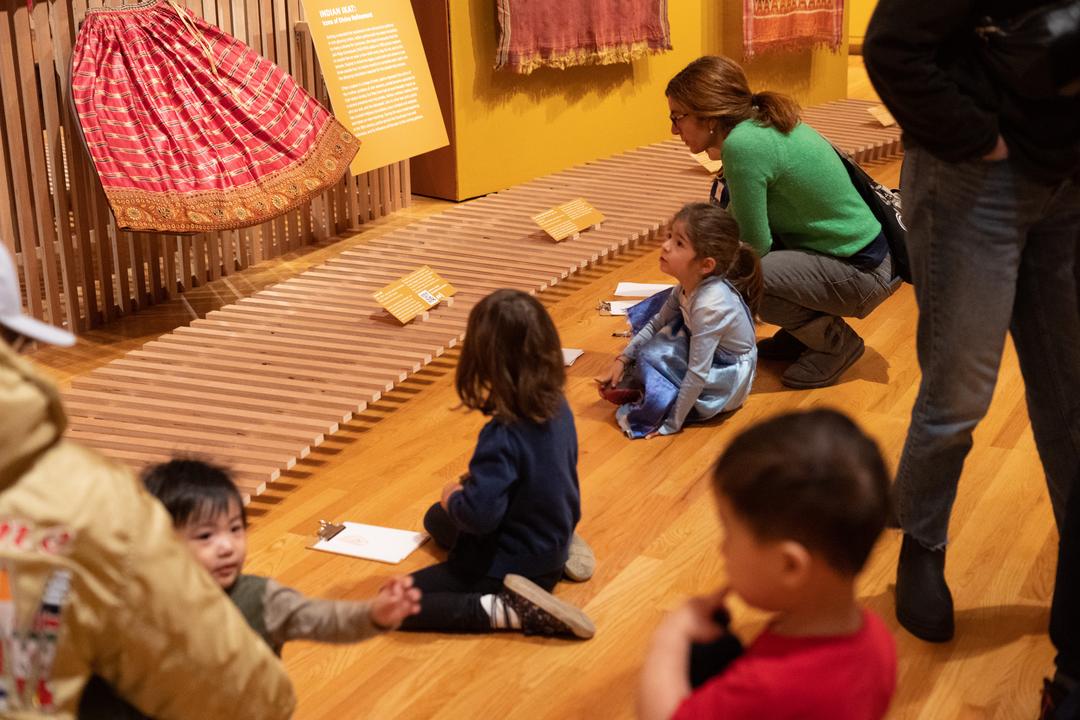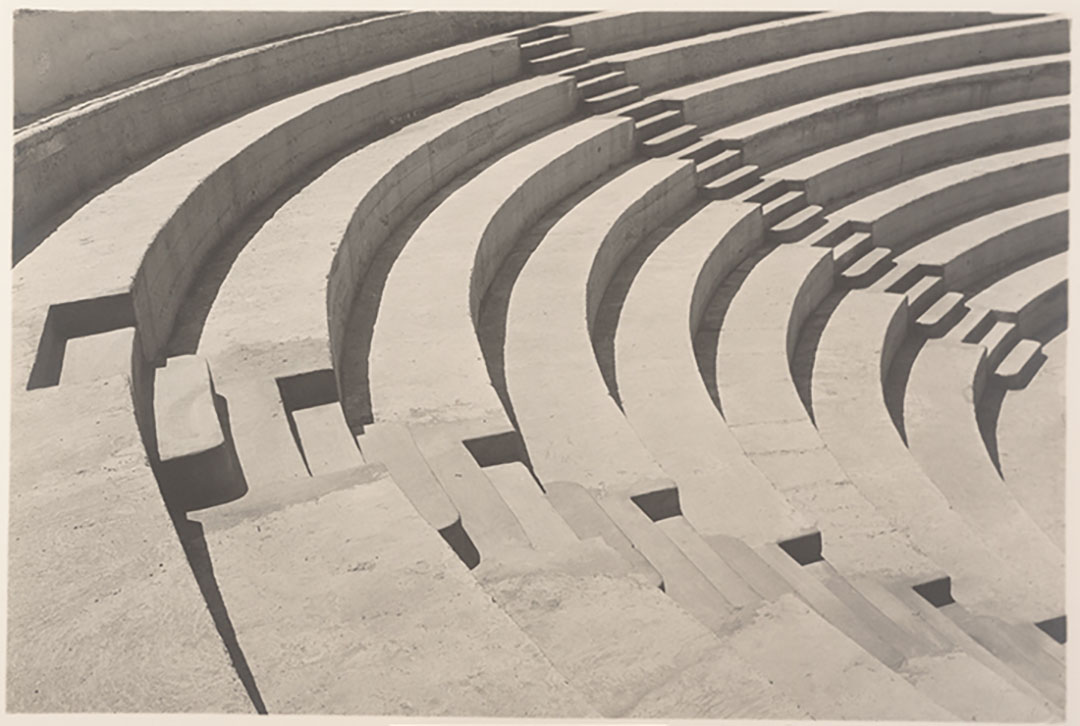Muse/News: Inside SAM, Sondheim’s Tempos, and Halsey’s Monument
SAM News
Seattle’s Child shares “The Definitive Guide to Inside Activities With Kids,” including a visit to the Seattle Art Museum.
Local News
The 20th annual Seattle Black Film Festival (SBFF) is now playing at Langston Hughes Art Center through April 30; South Seattle Emerald has the details on what’s screening.
Are you keeping up with Nancy Guppy of Art Zone? In the latest episode, she visits the Frye Art Museum’s exhibition of Katherine Bradford paintings, on view through May 14.
Misha Berson for Crosscut on how performers manage to “survive” Sondheim’s dizzying tempos in Sweeney Todd: The Demon Barber of Fleet Street, now playing at the 5th Avenue Theatre.
“‘If you saw my score, which I always keep close at hand, you’d see I’ve written breathe! Breathe! Breathe! all over it,’ says [Anne] Allgood, who has studied and now teaches singing technique. ‘I use the inhalations as a chance to relax, reset, refuel, even if they are very quick.’”
Inter/National News
Have a listen to The Week in Art, The Art Newspaper’s podcast; this edition, they talk about Hilma af Klint and Piet Mondrian: Forms of Life at the Tate Modern, a reconstructed Roman gateway, and Jaune Quick-to-See Smith: Memory Map, which just opened at the Whitney Museum of American Art and heads to SAM in 2024.
“We Need More Nuance When Talking About Repatriation”: Patricia Marroquin Norby pens an opinion piece for Hyperallergic reflecting on her last three years as the Metropolitan Museum of Art’s first-ever curator of Native American art.
LA-based artist Lauren Halsey has debuted a new monument on the roof garden of the Met. Halsey was the winner of SAM’s 2021 Gwendolyn Knight and Jacob Lawrence Prize and the museum acquired her Untitled (2022), a work of hand-carved gypsum that resembles the new monument.
“Where the ancient Egyptians covered the walls of their tombs and shrines with illustrations from the Book of the Dead, Halsey and her team of artists and artisans have created an immersive Book of Everyday Life, one focused on, but by no means restricted to, contemporary Black urban existence, evoked and preserved in words and images carved into hundreds of concrete panels.”
And Finally
The Seattle Times’ Moira Macdonald guides you through Seattle Independent Bookstore Day on April 29.
– Rachel Eggers, SAM Associate Director of Public Relations
Photo: Chloe Collyer.

